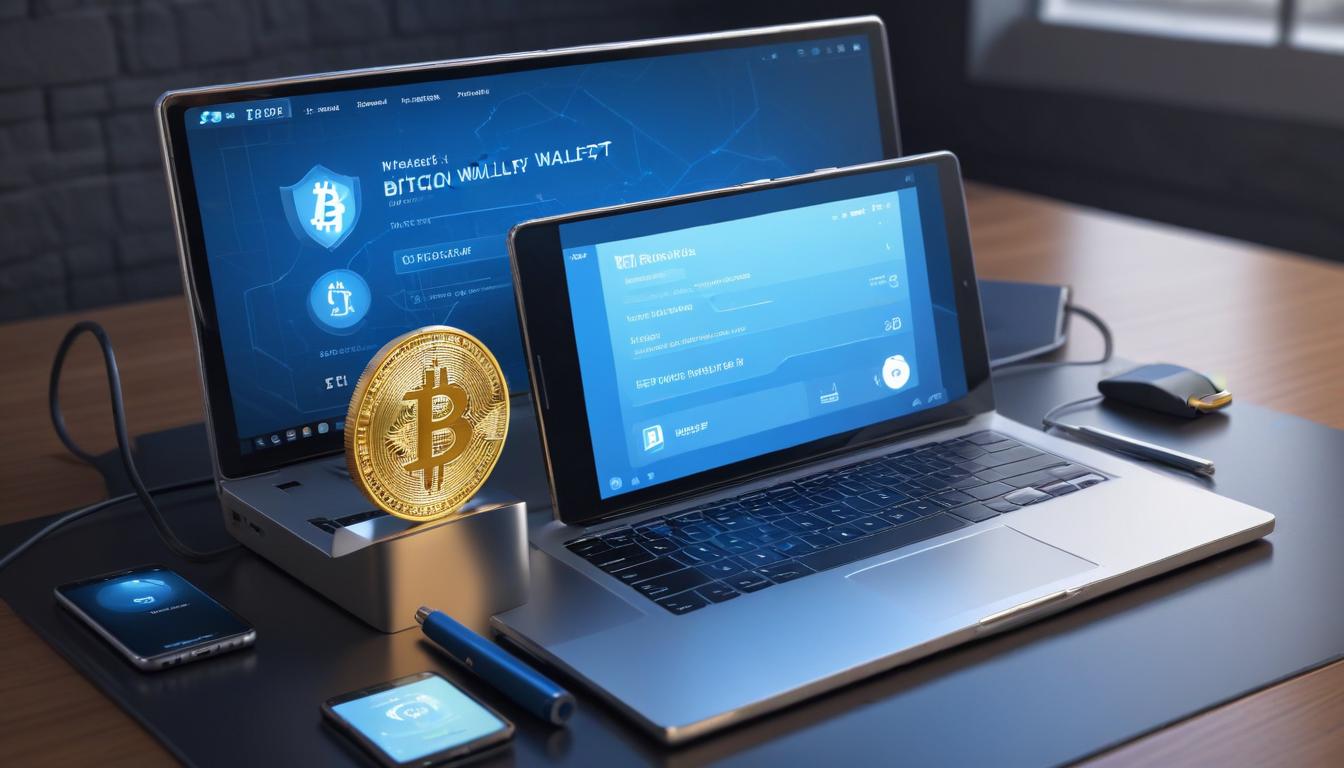The security of Bitcoin wallets represents one of the most critical aspects of participating in the cryptocurrency ecosystem. As digital assets become increasingly valuable, the importance of proper wallet management and software verification cannot be overstated. This analysis explores the fundamental concepts and best practices surrounding Bitcoin wallet security, software verification, and backup procedures.
The foundation of Bitcoin wallet security begins with understanding the relationship between software wallets and hardware security devices. Modern Bitcoin custody solutions typically employ a two-tier approach: a software interface for transaction management and monitoring, coupled with a hardware security module for key storage and transaction signing. This separation of concerns provides a robust security model that protects users from various attack vectors while maintaining practical usability.
Software wallet verification represents a crucial security step that is often overlooked by users. Cryptographic verification of wallet software ensures that the downloaded application hasn’t been tampered with and comes from a legitimate source. This process typically involves checking digital signatures using public key cryptography – a fundamental technology that underlies much of Bitcoin’s security model. While technical tools like GPG and Kleopatra might seem daunting to non-technical users, they serve an essential role in maintaining the security chain of custody.
The concept of wallet redundancy and backup procedures forms another critical pillar of Bitcoin security. Best practices dictate maintaining secure copies of seed phrases and passphrases, properly segregated and protected from both physical and digital threats. The implementation of multiple wallet structures, including decoy wallets and segregated accounts, provides additional security layers while enabling practical fund management for different purposes or beneficiaries.
Software maintenance and update procedures play a vital role in maintaining wallet security over time. Regular updates not only provide new features but, more importantly, address potential security vulnerabilities and bugs that could compromise user funds. However, the update process itself must be approached with caution, ensuring proper verification of new software versions and maintaining backup procedures throughout the upgrade process.
The user interface of Bitcoin wallets serves as the primary interaction point for most users, making it a critical component of the overall security model. Any unexpected behavior in the wallet interface should be treated with appropriate caution, as it could potentially indicate security issues. While technical glitches may have benign causes, the high-stakes nature of cryptocurrency custody warrants a conservative approach to any anomalous behavior.
When considering software reinstallation or updates, users must understand the distinction between wallet software and wallet data. The wallet software provides the interface and processing logic, while wallet data contains critical information about transaction history and wallet configuration. Proper backup procedures ensure that wallet data can be safely preserved during software maintenance operations.
The evolution of Bitcoin wallet technology continues to advance, with newer versions incorporating enhanced security features and improved user interfaces. However, this progress must be balanced against the need for stability and security, particularly for long-term storage solutions. The cryptocurrency community’s emphasis on open-source software and transparent development processes helps ensure that wallet solutions remain trustworthy while continuing to evolve.
Looking forward, the future of Bitcoin wallet security likely lies in the continued refinement of hardware-software integration, with an emphasis on simplifying security procedures while maintaining robust protection. The development of standardized verification procedures and more user-friendly security tools will help make proper security practices accessible to a broader range of users, contributing to the overall security of the Bitcoin ecosystem.

